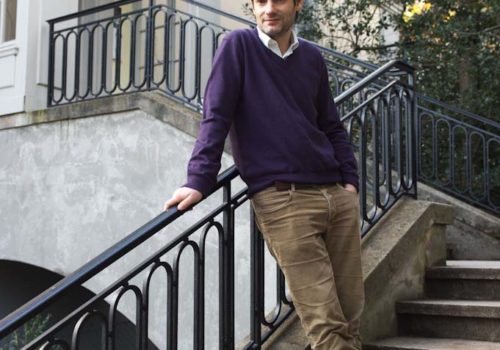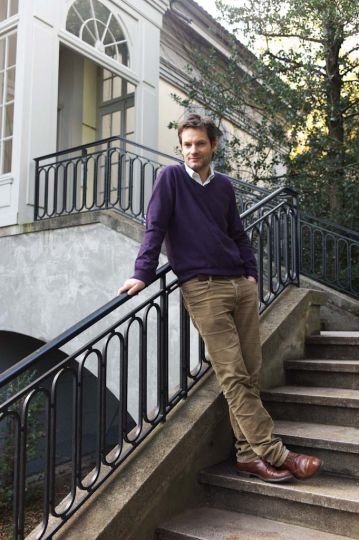Sam Stourdzé: “Everything is there to be invented or reinvented”
For the current exhibition dedicated to American photographer Philippe Halsman at the Musée de l’Elysée, its director, Sam Stourdzé, spoke with L’Oeil about his personal journey, his present and future plans, and how to approach Halsman’s work.
Jonas Cuénin: How did you first come to photography?
Sam Stourdzé: I owe it all to Switzerland, even though I’m Parisian. Discovering Robert Frank’sThe Americans was a real shock, in terms of narrative potential, framing and a different way of representing America. It’s not particularly original on my part, but I immediately knew that I wanted to work with people who were doing that.
J.C: After Sebastiao Salgado, this month will see the opening of the Philippe Halsman exhibition. Can you say something about that choice?
S.S: We’ve been working on a major Halsman retrospective for three years. Until now, Halsman has only been known for his pictures. Here, we wanted to place his production into context, revisit his creative process and the years he spent in Paris in the 1930s. We found original prints shown at three exhibitions at the Galerie La Pléiade, which was the surrealist gallery back then. In the 1950s, Halsman became Life’s favorite photographer, so we also have a series of framed magazine covers, which enter into dialogue with the prints of his photographs.
J.C: Halsman made friends with Salvador Dali, as can be seen in his famous series of portraits. Can you tell us about their relationship?
S.S: It was a collaboration that lasted 37 years. I don’t think there’s an equivalent in the history of art, both in terms of length and quality. Halsman wasn’t simply Dali’s cameraman. He was his accomplice. Their work was the translation into images of Dali’s theories of photography written in the 1930s. Halsman, while living in Paris, was close with Helmar Lerski, who taught Halsman that a person could be photographed from different angles to capture different sides of their personality. He applied this idea of the “psychological portrait” to his photo sessions with Dali. One reason that Dali remains so famous today is that he understood, better than anyone, that the “mediatization” of one’s image would be a major issue in the 20th century, and this image was essential to the character he created.
J.C: Where do you see Philippe Halsman’s legacy in 21st century photography?
S.S: He was already widely imitated in the 20th century, especially his half-comic, half-serious concept of “jumpology.” But, strangely, his legacy is more visible in amateur photography than professional photography. You’re more likely to see it on social networks than in magazines.
J.C: What do you think about modern expressions of photography and how we’re overwhelmed by images on various visual platforms?
S.S: Many people say that the golden age of photography is behind us. I’m not a nostalgic person. I find our era fascinating. We’re in the midst of a revolution in terms of access to information, and photography plays an essential role in this new system. On the other hand, we’ve never produced so many images. The role of institutions is crucial, especially those dedicated to photography, since it’s their responsibility to be editors of sorts, to make choices and showcase new talent.
Read the full interview on the French version of L’oeil

















